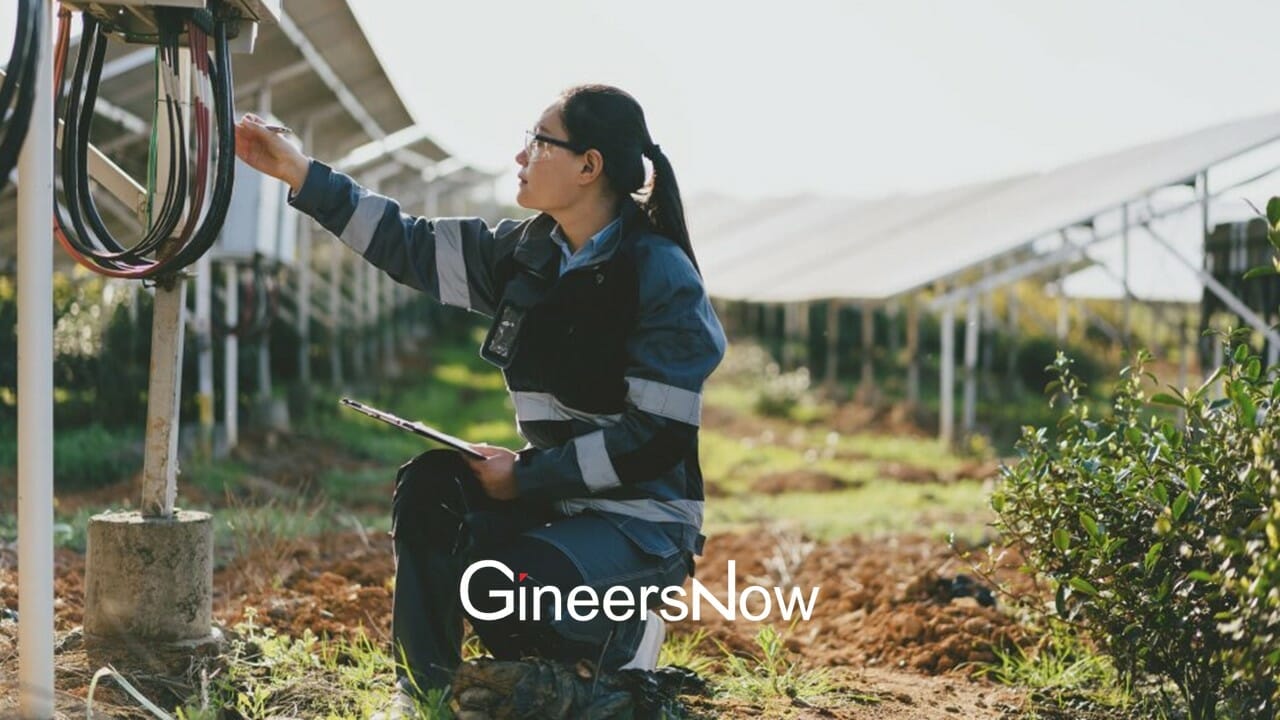The manufacturing of synthetic rubber and plastics involves butadiene, which is a four-carbon molecule that undergoes a chemical reaction to form into polymers. It is a chemical usually produced out of petroleum or natural gas.
But a team of researchers from the University of Delaware, the University of Minnesota and the University of Massachusetts developed a more sustainable process to produce this chemical: by using renewable sources like trees, grasses, and corn.

Source: UDel
Dionisios Vlachos, the Allan and Myra Ferguson Professor of Chemical and Biomolecular Engineering at UD and a co-author of the study said that he and his team combined a catalyst they recently discovered with new chemistry to find the first high-yield, low-cost method of manufacturing butadiene.
“This research could transform the multi-billion-dollar plastics and rubber industries,” he said.
Butadiene is a chemical that is essential in manufacturing acrylonitrile-butadiene-styrene (ABS), a hard plastic that able to be formed into rigid shapes. It is usually made for products like video game consoles, automotive parts, sporting goods, medical devices, and plastic toy bricks.
To produce butadiene out of the mentioned renewable products, there are only three steps.
First is to convert biomass-derived sugars into a ring compound called furfural using a technology developed in the Catalysis Center for Energy Innovation (CCEI) based at the University of Delaware.
Second is to process furfural into another ring compound called tetrahydrofuran (THF).
Third, and the most critical one, is to convert THF to butadiene by using a new catalyst called “phosphorous all-silica zeolite, developed within the center of the ring. It got a high yield at more than 95%.
The researchers call the reaction as “dehydra-decyclization”, a name fit for its capability of simultaneously removing water and opening ring compounds at once.
Prof. Wei Fan of the University of Massachusetts Amherst said, “We discovered that phosphorus-based catalysts supported by silica and zeolites exhibit high selectivity for manufacturing chemicals like butadiene.
“When comparing their capability for controlling certain industrial chemistry uses with that of other catalysts, the phosphorous materials appear truly unique and nicely complement the set of catalysts we have been developing at CCEI.”
It has been the goal of CCEI to produce renewable chemicals and biofuels from natural biomass sources since 2009. The invention of sustainable rubber and plastics is an important item ticked.














